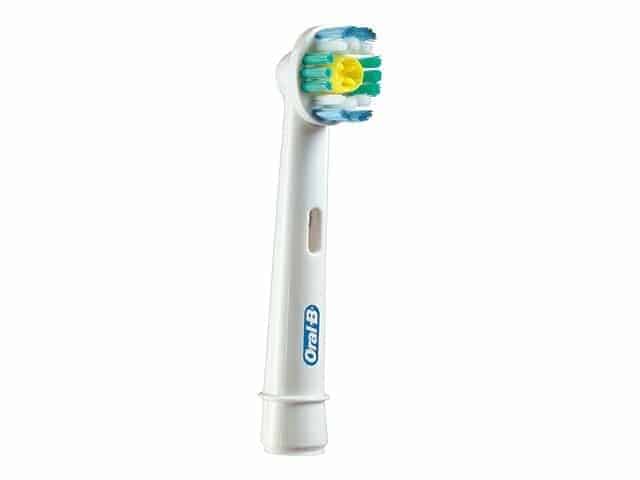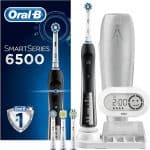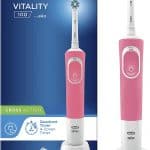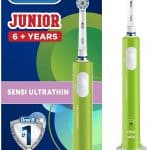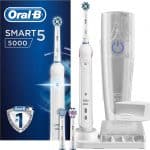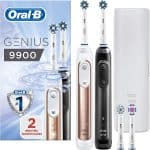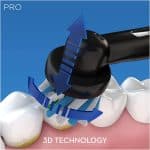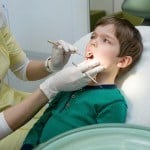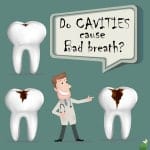The American Dental Association (ADA) recommends replacing your electric toothbrush head every three to four months. Many dentists and electric toothbrush manufacturers recommend reducing this time to a straight three months. Under certain circumstances, you may need to replace your electric toothbrush head sooner than three months.
Why Replace Your Electric Toothbrush Head?
Despite the advanced technology used to create an electric toothbrush, the head is still very much like a normal toothbrush. The bristles become worn and may fray after several uses. Even before the bristles reach the point where they look worn, they will have lost the needed firmness to remove plaque efficiently. Research shows a new toothbrush, either manual or electric, removes up to 30% more plaque than one that has been use repeatedly.
In addition to a loss of effectiveness, worn electric toothbrush bristles can damage gum tissue. Worn bristles are likely to harbor bacteria and fungus, which may pose a threat to the health of individuals with weakened immune systems.
Reasons to Replace Your Electric Toothbrush Head Sooner Than Three Months
The three month replacement rule assumes most people are brushing their teeth twice per day and applying the proper amount of pressure. For people who brush their teeth more often, the bristles may begin to wear out sooner than expected. Many electric toothbrushes include a sensor to inform you when the bristles are no longer strong enough to be effective. If your model does not have this sensor, seek the advice of your dentist as to how often you should change your electric toothbrush head.
Some people brush too hard and this will cause the bristles to wear out rather quickly. At the first sign of wear, your electric toothbrush head should be replaced. Some electric toothbrushes include a sensor to warn you when you are brushing too hard. If yours does not and your bristles tend to wear out quickly, ask your dentist to show you the proper pressure you should be using while brushing your teeth.
Children who are not accustomed to brushing with an electric toothbrush may damage the bristles, by either biting down on the head or applying inconsistent pressure. Watch for signs of damage or wear to their electric toothbrush head and replace it as needed.
While some electric toothbrushes offer antimicrobial protection to reduce the level of bacteria and fungus that grows on wet bristles, this protection is not strong enough to fight off the germs your toothbrush picks up when you are ill. Replace your electric toothbrush head if you have been sick with a cold, flu, or other virus, or if you have had an outbreak of cold sores or other mouth sores.

